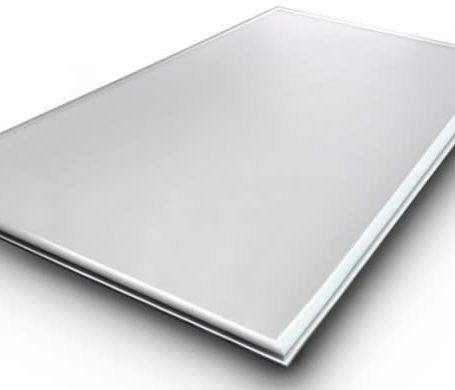Emma said the Staff were complaining of headaches and too much glare!
I was asked to survey a suite of offices two floors for an Aviation Company in Essex.
They had recently purchased new 600 x 600 LED panels fitted, so I was curious as to why they required a survey.
It turned out that a few of them were actually showing signs of failure with several dark spots around the edge of the panel. Whilst it was hard to tell, they were cheap panels with low efficiency only 90 lumens per watt and a build life of just 30,000 hours. To the layman this sounds ok as they should last 10 years. However in practice these are low quality therefore the 3 year warranty which is likely to be their life expectancy.
More seriously the lens didn’t filer out glare or anti flicker driver. Whilst this is not visible to the naked eye you’ll find it interferes with cameras and screens.
When you consider that everyone uses computers these days, have substandard lighting is bound to cause macular discomfort in the long term.
Positioning of LED panels is also important as they considerably brighter than fluorescent panels so often less panels are required.
In this case the panels were causing discomfort as they produced glare and flicker, repositioning them may have helped but ultimately they needed to be replaced.
To cap this, the contractor either disconnected or failed to install Emergency Lighting. The staircase is a windowless and with a split flight. In addition the external exit Emergency bulkheads were over 6 years old and would need new batteries or as in this case better to install a 3.4w LED version with a 5 year warranty.
The company is now looking at spending more than the original lighting cost to put things right with their employees.
The lesson here is always buy panels with antiglare lens and flicker free drivers a five year warranty, 50,000 hours build standard and I recommend a TUV or GS certification. Efficient panels are 105 – 132 Lumen per watt, we would recommend 25W as opposed to 40W.
